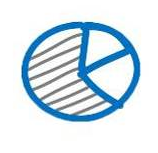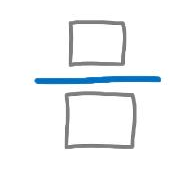If you have been studying Business, Finance, Economics then chances are that you are going to work in these domains. You definitely need to know some basic principles in order to understand & manage the finances better. During an interview for these jobs, a question that pops up often is: Can you read a balance sheet
A lot of times, you have to write an analytical commentary on historical financial performance of the business. So, those aiming-to-be Equity Research analysts, Investment Bankers, Project Financiers, Finance Managers, Chief Financial Officers: don t miss out on this skill!
A Balance Sheet is comprised of equity and liabilities (i.e. Sources of Funds) and assets (i.e. Use of Funds). The source of funds can be equity, debt or the current liabilities, whereas the Use of funds may be in the form of assets, fixed and current assets. The current assets are basically those assets that are going to be realized in a short period of time, within 1 year. On the other hand, the fixed assets are those which keep giving you economic benefits for more than a year. The balance sheet is always drawn up at a certain point in time.
Although it may seem a little daunting at first, you can read the balance sheet and draw some important insights in just 3 steps!
Check this video:
1. COMPOSITION: Understanding the Composition of various groups i.e. What are Sources of funds comprised of What are assets comprised of Do more of fixed assets or more of current assets make up the asset side Are there any losses

2. COMPARISON: Comparing two or more balance sheets i.e. Changes in the Closing Balance Sheet (drawn at year-end) vis- -vis Opening Balance Sheet (drawn at the beginning of the year). For example, this can be used to check if a type of assets has grown or shrunk over a period of time. Sometimes you may also compare Balance Sheets as on a particular date for two or more companies.

3. RELATIONSHIPS: You can draw relationships by calculating ratios. For example, calculating the ratio of Debt to Equity (financial leverage ratio). Or Finding a relationship between short term assets and short term liabilities (Current Ratio). In advanced levels of this step, there are many relationships that we draw between an element of the Balance Sheet and another element from the Profit & Loss Account (Income Statement). For example a ratio of Net Profit and Equity to find out how much return the company managed to deliver on equity shareholders, funds during a particular year. This ratio is known as Return on Equity.

For learning how to read historical financials and preparing financial projections using MS Excel, do consider signing up for our specialized program here.







 CAclubindia
CAclubindia
